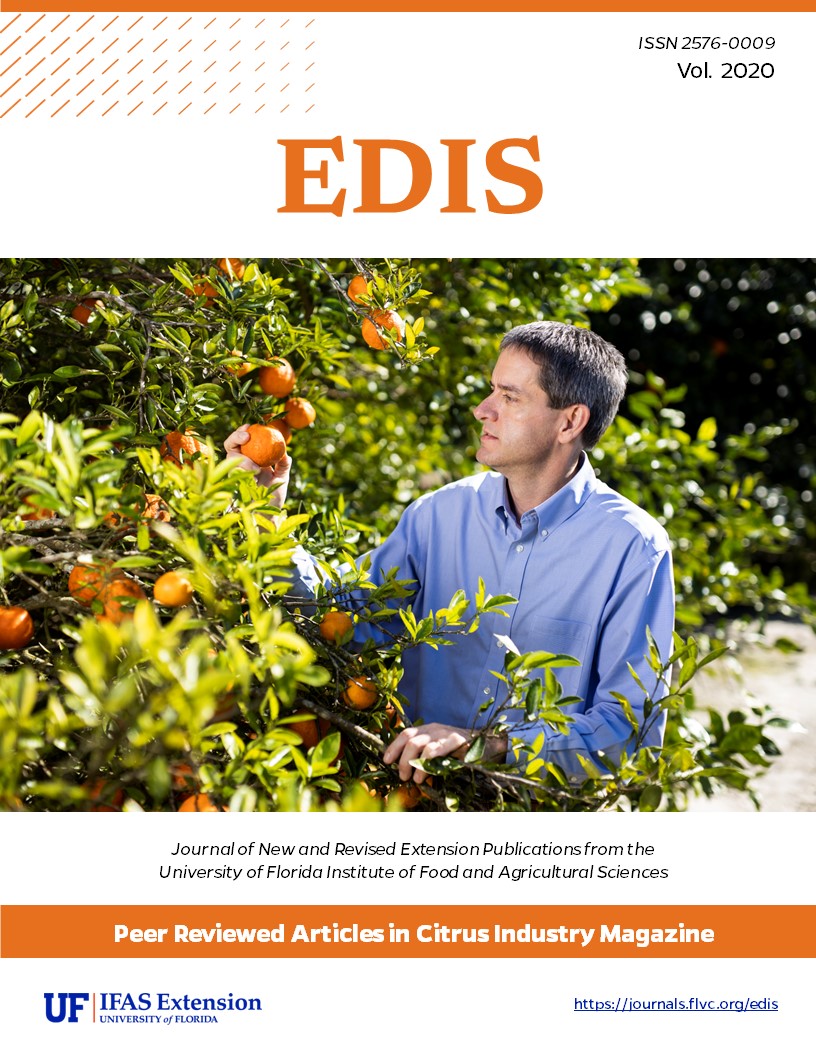Abstract
Cold Hardy citrus, that is, citrus grown above the 30th parallel North, is a blooming industry. In less than 10 years, the acreage in North Florida has gone from almost nonexistent to approximately 1,000 acres, with plans from growers in the region to plant more in the coming years. In Georgia, there are approximately 2,000 acres across 42 counties, involving over 100 growers with two commercial packing sheds in the state. Citrus grown in the cold hardy region, is primarily for fresh market fruit production with the overwhelming majority variety planted being the Satsuma mandarin.
Fortunately, for growers in this region, the major pest and disease threatening citrus, the Asian citrus psyllid and citrus greening have been geographically isolated, with the majority being in residential citrus plantings along the Gulf of Mexico and the Atlantic Coast, and not commercial groves (Martini et al. 2020). Although not present in commercial plantings, growers in the region should remain aware of the pest/disease complex and continue to monitor for psyllids and signs of citrus greening. Since psyllids are not widespread in the area, the main insect pests facing growers are citrus leafminers, as well as rust mites and scales that alter fruit appearance.
Peer reviewed through UF/IFAS Citrus Research and Education Center; published in Citrus Industry Magazine.


